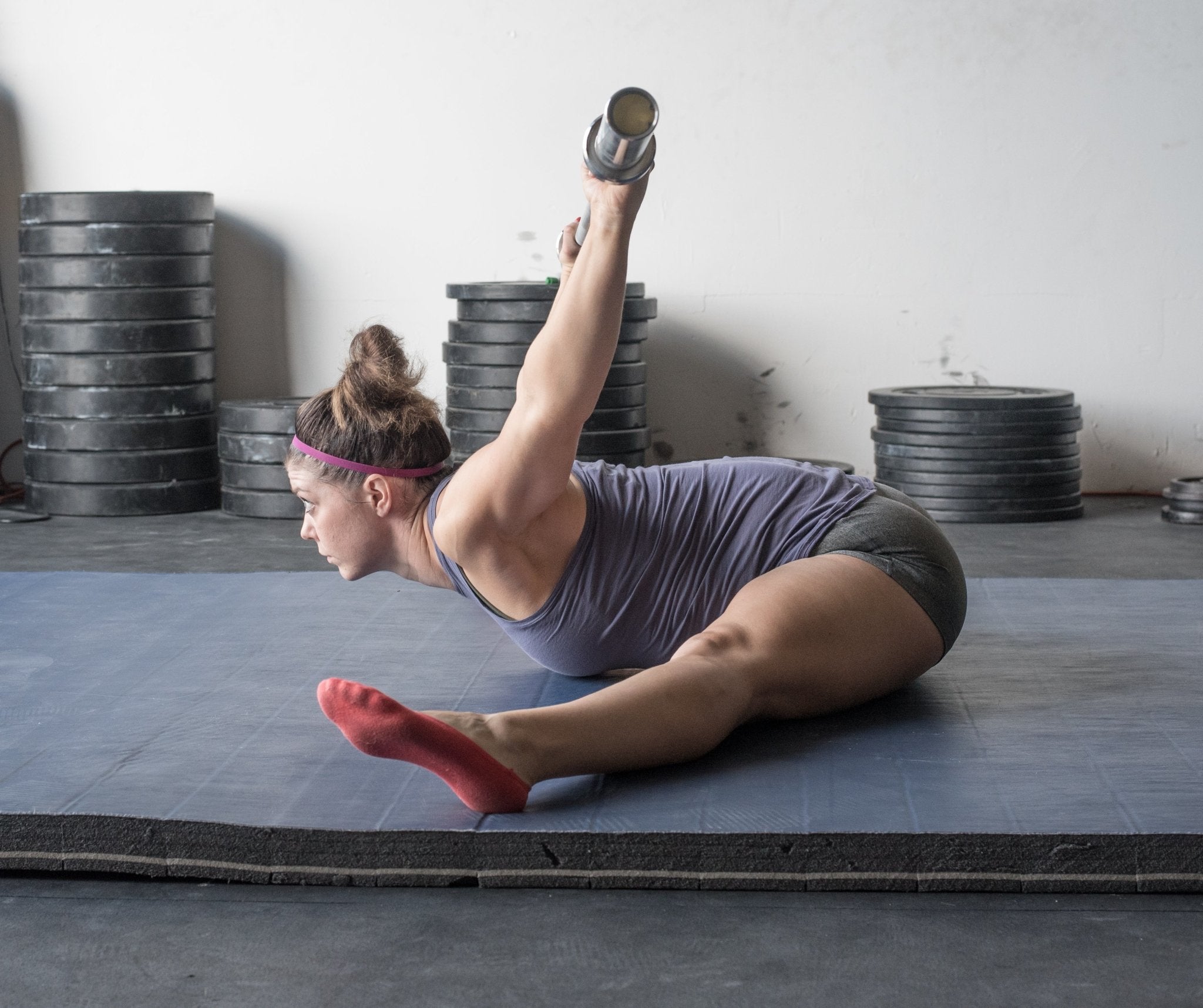
Some injuries are just unavoidable. I do believe a lot of wear-and-tear injuries or under-recovered injuries are avoidable, but the tripping over a weight, slipping on some ice, and stepping off of something and rolling your ankle types of injuries will happen. Now, how you bounce back from them depends on your training.
Proper dosages of “improper” alignment can help prevent injury when doing an athletic movement. You are being optimistic if you believe you will prevent injury by only training “proper” form. Of course, I’m not saying you shouldn’t strive for proper form but if you are truly doing athletic movements, playing, or in a sport, then you will not always have the luxury of being in the “perfect” position. Watch a tennis match and tell me the players don’t go into a valgus knee position (where the knee caves inwards). My point is, if you avoid awkward positions then you are more likely to injure yourself if you are exposed to them in normal living situations.
Full Range of Motion Training
Progressive exposure to your body’s natural range of motion is fine and is actually good for you. However, it is still crucial that this is done with correct loading and duration of recovery. Full range of motion training can expose us to “awkward positions” that are more injury-prone, hence the reason we should train them. But if overdone or trained without control in the beginning (e.g. kipping pull-ups prior to hanging, swinging, and strict pull up training), then we run the risk of causing more damage than growth. So, don’t go out and load up a heavy sissy squat or Jefferson curl but do expose yourself to these exercises that your body is, or once was, capable of. If you don’t move your body in as many different positions as you can as often as possible, then you will eventually lose the ability to move in those positions. As another example, if you can’t take your knee through a good range of flexion then you risk getting stuck on the ground later in life. Try getting up off of the floor naturally (don’t try an awkward “prove-you-wrong” approach) with little to no knee flexion (and back flexion).
Uncover Your Range of Motion
So let’s talk about exposure. This should be very progressive, over a long period of time and practiced regularly. You are safer going too light or less frequent in the beginning rather than the reverse. My approach is to start light and increase about every 8-12 weeks. This is because we are working a lot of connective tissue which takes much longer to fully heal than muscle. If there is pain, stop, wait, and start over with little to no weight until you get back the range of motion and strength.
Let me give you a few exercises to try for the shoulders, back, and knees—areas that tend to commonly get injured.
Shoulders: Weighted Pass-Throughs
By using the weighted pass-through we are taking the shoulders through their full range of motion. Start by gripping a dowel with your hands as wide as necessary so that your arms remain straight throughout the entire movement and so that there is no “clicking” or “catching” during the movement. Pass the dowel (or PVC, band, etc.) overhead and around to your back. Then reverse directions bringing your arms back to start all the while keeping your arms straight. This can and should be done both standing and lying prone (face down). Progressively work your hands closer and increase the weight about every 8-12 weeks by a few pounds.
Back: Jefferson Curls
For Jefferson Curls, begin by standing on a box with your legs together and straight. With your hips tucked into the posterior pelvic tilt, slowly round off your back one vertebrae at a time from the top down by first dropping your chin to your chest and gradually curling over into flexion. Continue to flex the spine one vertebrae at a time until you reach the end range of your flexibility. Your first goal should be to get your wrists past your feet. Once achieved, progressively increase the weight in your hands every 8-12 weeks by about 2-5 pounds. Most people need to start with weights between 5 and 20 pounds.
Knees: Crossover Squats
From a standing position, cross your legs and roll to the outside of your feet while descending into a cross-legged seated position. Once seated at the bottom, push yourself back up to a standing position and repeat, making sure to switch the leg that is in front as you go. This will slightly load your ankles and knees laterally. A good starting point for these would be to do them with a post or rope in front of you to hang on to so that you can safely assist yourself down and back up.
Train to Play
There are many other exercises I use for injury prevention but these are a safe start. These examples can be a little more risky than your traditional press, deadlift, and squat. In addition, these exercises shouldn’t be loaded the same as those exercises (or at all in the beginning), but keep an open mind that your body shouldn’t be limited to “neutral, square, stacked, etc.” This prevents freedom to move—instead, train to play.
If you are interested in following Chris Lofland’s online templates or want to join his individualized programming, feel free to email him at CMLofland@gmail.com or visit my website www.ChrisLofland.com for more info on program, pricing, free articles and more! You can also follow him on Instagram at @C_Lofland
Purchase Chris Lofland’s Gymnastic Strength Program (HERE) for $89.95
Purchase Chris Lofland’s Muscle Up Program (HERE) for $35.95
Purchase Chris Lofland’s Handstand Program (HERE) for $35.95








